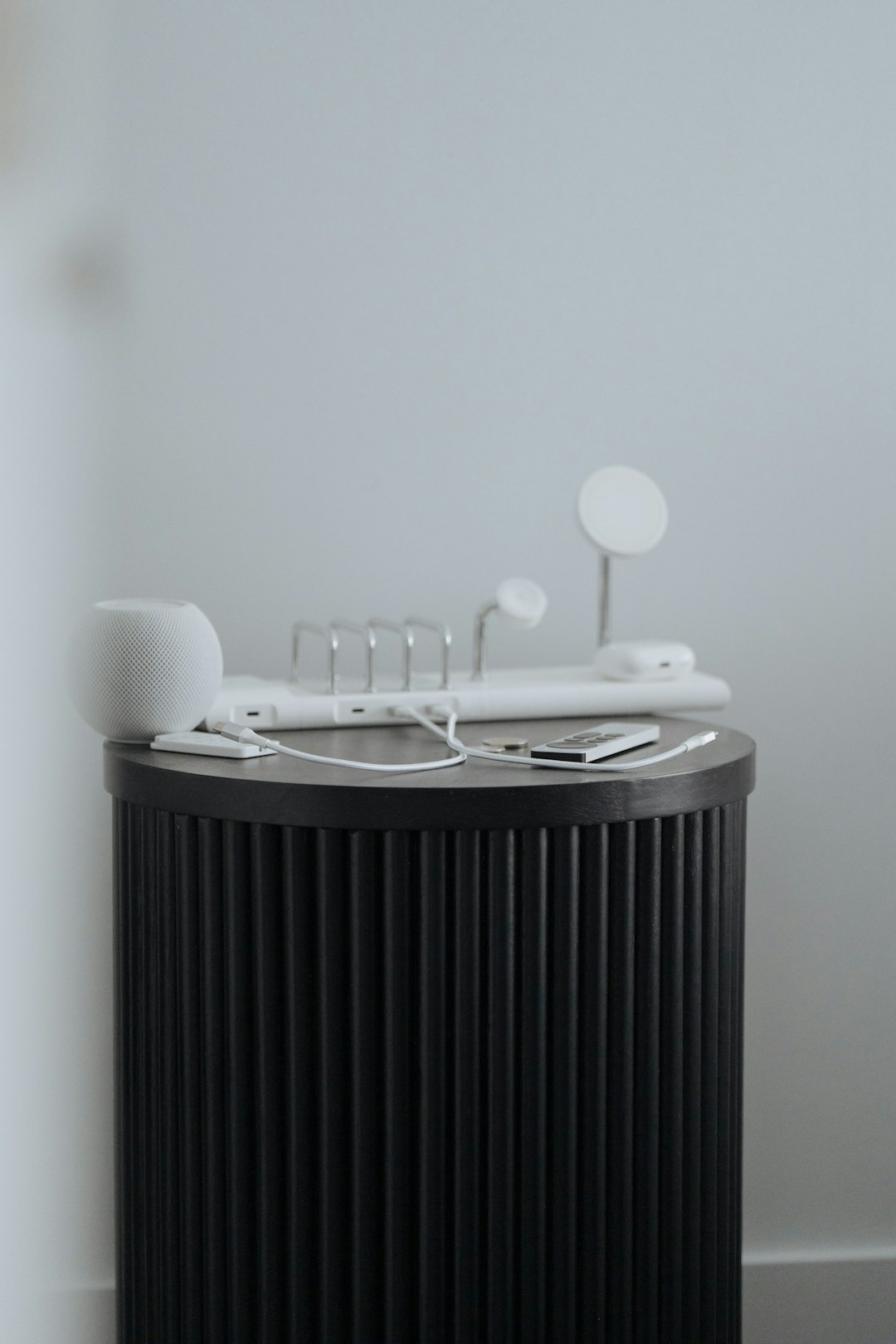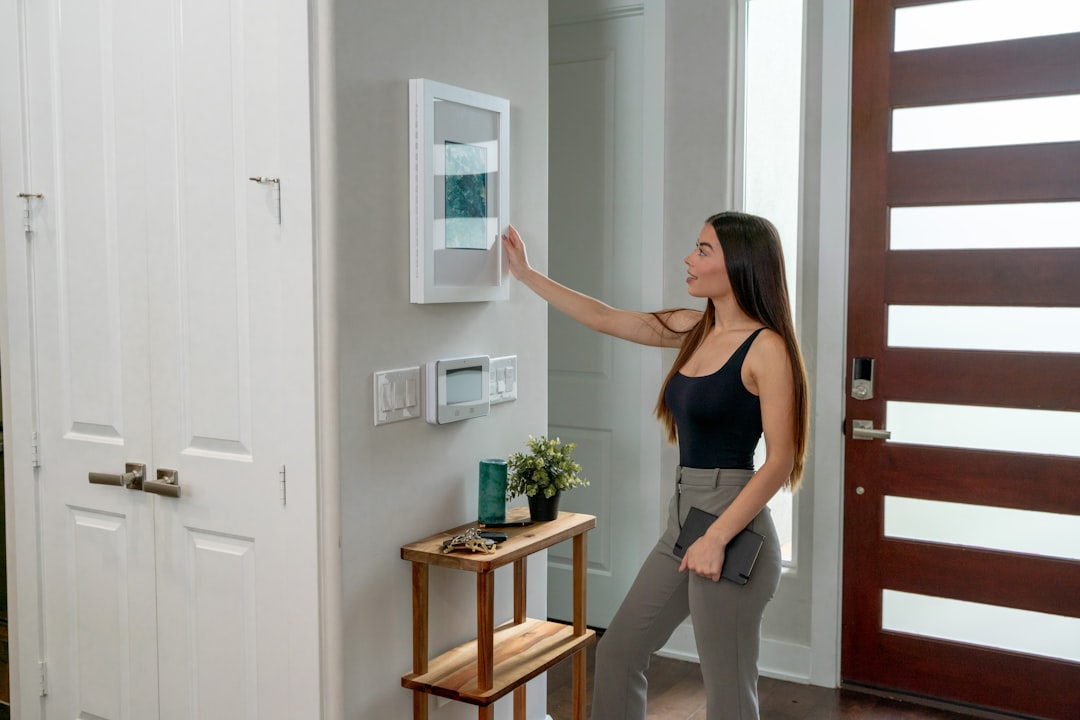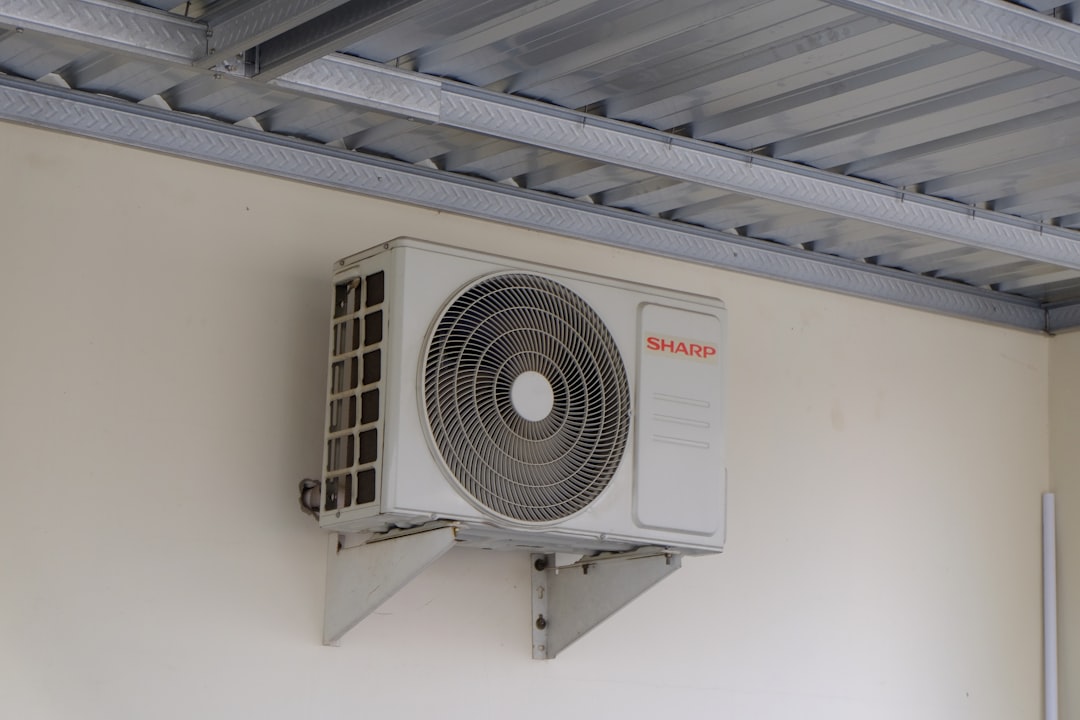Maintaining indoor air quality is not just about comfort—it’s also a pivotal factor in enhancing the overall efficiency of air conditioning (AC) systems. As homes and buildings become more energy-efficient and airtight, managing the balance between clean indoor air and effective cooling has become increasingly important. Understanding how air quality directly intertwines with AC efficiency offers valuable insights for homeowners, building managers, and HVAC professionals alike.
High indoor air quality ensures that an HVAC system doesn’t have to work harder than necessary to circulate and condition the air. Polluted air, on the other hand, with dust, pollen, smoke, and other particulates, burdens an air conditioning system by clogging filters and reducing airflow. This increased strain results in higher energy consumption and reduces the lifespan of HVAC components.
The Link Between Air Quality and AC Efficiency
Air conditioning systems rely heavily on the ability to move air freely and efficiently. When indoor air contains a high concentration of particles like dirt, mold spores, pet dander, and VOCs (volatile organic compounds), the system’s filters and internal components suffer.
- Clogged Filters: Filters are the first line of defense. When choked with pollutants, they restrict airflow, forcing the system to exert more effort to maintain desired temperatures.
- Dirty Coils: Contaminants that bypass filters can settle on the evaporator and condenser coils, impairing the heat exchange process and reducing cooling efficiency.
- Increased Wear and Tear: A system that’s always compensating for restricted airflow or poor thermal transfer experiences added stress, which can lead to malfunctions or premature failure.
By maintaining a higher air quality threshold, users can significantly reduce the frequency with which these issues arise and keep their AC systems running closer to peak performance.

How Poor Air Quality Affects Energy Bills
When AC systems are forced to run longer and harder due to obstructed airflow or reduced heat exchange capability caused by pollutants, the amount of electricity consumed also increases. The U.S. Department of Energy estimates that a dirty filter alone can increase energy use by as much as 15%.
Additionally, thermostats may not register true indoor temperatures if airflow issues lead to hot or cold spots. This results in large imbalances where some rooms feel too warm while others are overcooled, prompting homeowners to lower the thermostat further and driving up energy use even more.
This creates a costly cycle of inefficiency that leads to unnecessarily high utility bills and inconsistent indoor comfort.
Improving Air Quality for Optimized AC Performance
Improving indoor air quality isn’t only about comfort and health—it’s also a cost-saving strategy. Here are several proven ways to enhance indoor air and, simultaneously, boost AC system efficiency:
-
Use High-Quality Air Filters:
Installing HEPA or electrostatic filters can trap more airborne contaminants. While these filters might cost more, they improve the air your family breathes and reduce the load on the system.
-
Clean Ductwork Regularly:
Dust and mold accumulation in ductwork reduces the system’s ability to deliver air effectively. Periodic professional duct cleaning can restore maximum airflow.
-
Install Air Purifiers:
Whole-house air purifiers integrated with AC systems can reduce airborne pollutants by up to 99%, keeping internal AC components cleaner for longer.
-
Control Indoor Humidity:
High humidity supports mold growth and makes AC units work harder. A dehumidifier helps maintain target humidity levels, easing the workload on the AC system.
-
Routine AC Maintenance:
Professional inspections and tune-ups identify and rectify dirt accumulation and wear and tear before they affect performance or safety.

The Role of Smart Technology
Modern heating and cooling systems now come equipped with smart sensors and controls that monitor both air quality and system performance. These systems can:
- Alert homeowners when filters are dirty or airflow is restricted.
- Automatically adjust fan speeds and cycle durations based on real-time usage and environmental conditions.
- Integrate with IAQ monitors to turn on ventilation or purification units when air contaminants reach undesirable levels.
These advancements not only improve the quality of indoor environments but also extend equipment longevity while enhancing efficiency.
Benefits Beyond Efficiency
Optimal air quality supports health by reducing allergens, preventing respiratory issues, and eliminating pathogens. Additionally, improved air circulation reduces the spread of contaminants throughout the house. For businesses, clean indoor environments translate to higher productivity, fewer employee sick days, and greater customer satisfaction.
Also, reduced strain on HVAC systems means fewer service calls, less downtime, and longer periods between expensive replacements—each contributing to significant cost-savings over time.
Making the Connection Clear
Often, air quality and AC efficiency are treated as separate concerns, but they are closely intertwined. Neglecting one invariably impacts the other. Homeowners who take steps to control airborne pollutants and maintain cleanliness are rewarded with enhanced comfort, a lower carbon footprint, and extended life for their HVAC systems.
In climates where AC use is prolonged—such as the southern and coastal United States—these efficiency gains can amount to hundreds of dollars per year in savings, in addition to tangible environmental benefits.

Conclusion
The relationship between air quality and AC efficiency should not be underestimated. Clean air not only protects human health but also helps ensure that HVAC systems operate at peak performance without consuming excess energy. By taking proactive steps such as investing in cleaner air technologies, changing filters regularly, and performing needed maintenance, homeowners and businesses can simultaneously improve their environment and save money.
FAQ – Common Questions About Air Quality and AC Efficiency
-
Q: How often should AC filters be changed?
A: Filters should typically be replaced every 30–90 days depending on the type of filter, number of household occupants, and presence of pets or allergens. -
Q: Can poor indoor air quality damage an AC system?
A: Yes. Pollutants can clog filters and coils, leading to restricted airflow, overheating, and mechanical breakdowns. -
Q: Do air purifiers help maintain AC efficiency?
A: Absolutely. Air purifiers reduce airborne contaminants before they reach the HVAC system, helping keep internal parts clean and efficient. -
Q: What’s the best way to test air quality at home?
A: Use indoor air quality monitors, which track levels of VOCs, dust, CO2, humidity, and temperature in real time. -
Q: When should ductwork be cleaned?
A: Ducts should be cleaned every 3 to 5 years, or sooner if there are visible signs of buildup, mold, or if occupants experience allergic symptoms.



